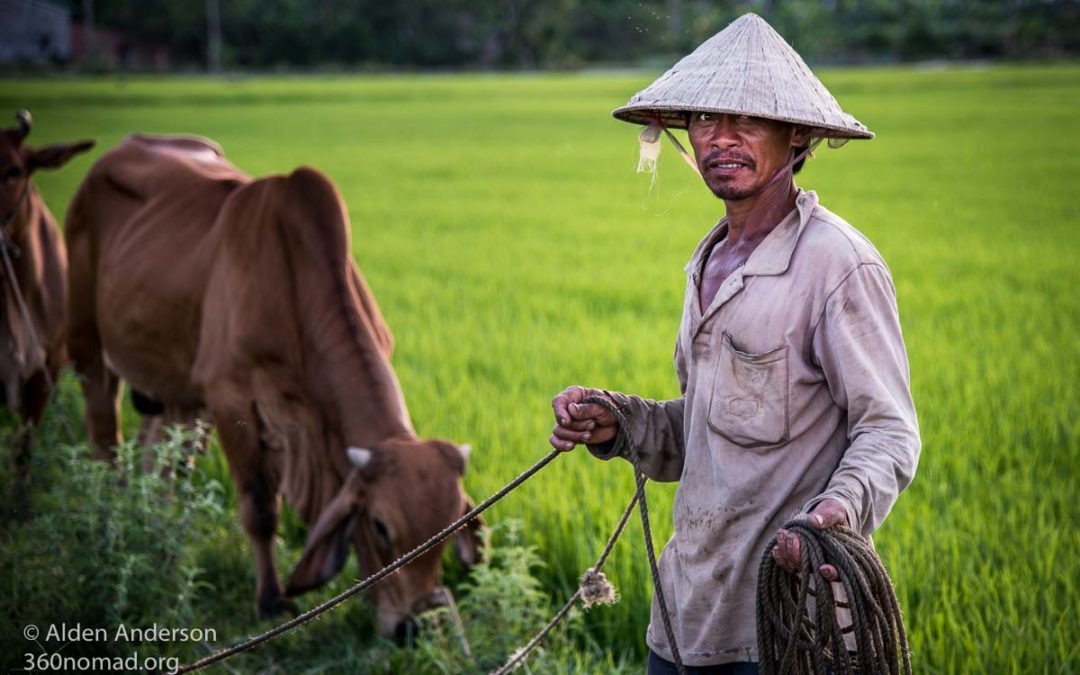When I first started photography at 12 years old I learned three rules that every good photograph has in common. Three rules to use as a guideline in your photography. Next time you take a picture, think about these three points.
Contents
1. Define your Subject
What is your subject? Every good photograph has a defined subject. Some person or object your picture is about. This should be clear when someone looks at your picture.
2. Focus Attention on your Subject
Now that you’ve established your subject and defined what you want to convey in your photograph, think about what you can do to focus attention on it. Are there lines you can use to direct the viewer’s eye? Perhaps frame it or use lighting to direct the viewer’s attention to your subject
3. Simplify
Having lots of extraneous things in your picture will distract from your subject. Include those things that contribute to your theme or focus attention on your subject; remove those things that detract from it. Try to get rid of anything that doesn’t contribute to your photograph. Move around, change your angle, get closer, get rid of clutter, anything you can do to remove those things that don’t contribute to your picture. Everything inside your frame should add something complimenting the subject or the theme that you as a photographer are working to convey.
A Theme or Story
Any great picture will also have a Theme or story; it will convey something to the viewer. This could be seen as an extension of the first rule or perhaps a summation of the three. This is something will take more practice to achieve but must have these first rules as a solid base.
In Summary
Before you click your shutter ask yourself these three questions:
1. What is my subject?
When the viewer looks at this picture what do I want them to look at? Is it a person? A beautiful landscape? A building? What is my photography about?
2. How can I Focus Attention on the Subject?
Can I do anything to direct the viewer’s attention on my subject? Perhaps there are converging lines or a frame that can draw the viewers eye in. This will take some practice and there are many rules of composition and lighting that can help you achieve this. But the first step is to start thinking about it. Just keeping this in mind you will start seeing your scene differently.
3. How can I Simplify this Picture?
Are there any things I can remove that will distract the viewer? Can I move closer to the subject to eliminate a messy background? Can I try a different angle that will eliminate something that distracts? Are there any objects that I can include that will contribute to the subject or story of the picture? Some tool in a person’s hand? A prop or other object that helps tell the story?
These are the rules to keep in mind when you are shooting. In the real world, you cannot always get rid of things that are distracting or don’t give something to the photograph. So don’t miss an opportunity because it isn’t perfect. Keep shooting. Keep trying different things. Digital film is pretty cheap these days right?
Example
Let us quickly analyze a picture of a Vietnamese Cowboy.
1. Subject. I think it is pretty clear that the subject is this man tending to his cows. A defined subject.
2. Focus attention on the Subject. The subject is the only thing in sharp focus, helping to focus attention on him. He is also placed to the side of the frame in a more balanced and compositionally pleasing arrangement.
3. Simplify ‑Add helpful, or subtract extraneous elements. Look at the cows, do they contribute to the story of this man? I feel they do. Click on the picture to enlarge it and try this: cover the cows with your hand and look at the picture of this man. What does it tell you? Now remove your hand and look at the picture again. Is it any better? Does it tell a different story? The rope in his hands, an old worn rope. Does this contribute or distract? Enlarge the picture again, this time use two hands to cover the cows and the rope, so you are now looking at just the man’s face and chest. Now, who is this man? Is he a Viet Cowboy? Or is he just a Viet man? A farmer? What is his story? Now take your hands away and ask yourself these questions again.



